Greetings,
Eriogonum pauciflorum is widespread throughout the central Great Plains. The typical form is a loose sprawling mat with small clusters of cream colored flowers. In the Pryor mountains of southern Montana, there is a unique form that is much more compact in growth. For a long time, this form was considered to be Eriogonum mancum do to its resemblance to that species. I've donated seed from this unique form to the Eriogonum society http://www.eriogonum.org/.
As a comparison in growth, here is the dense silver mat from the Pryors: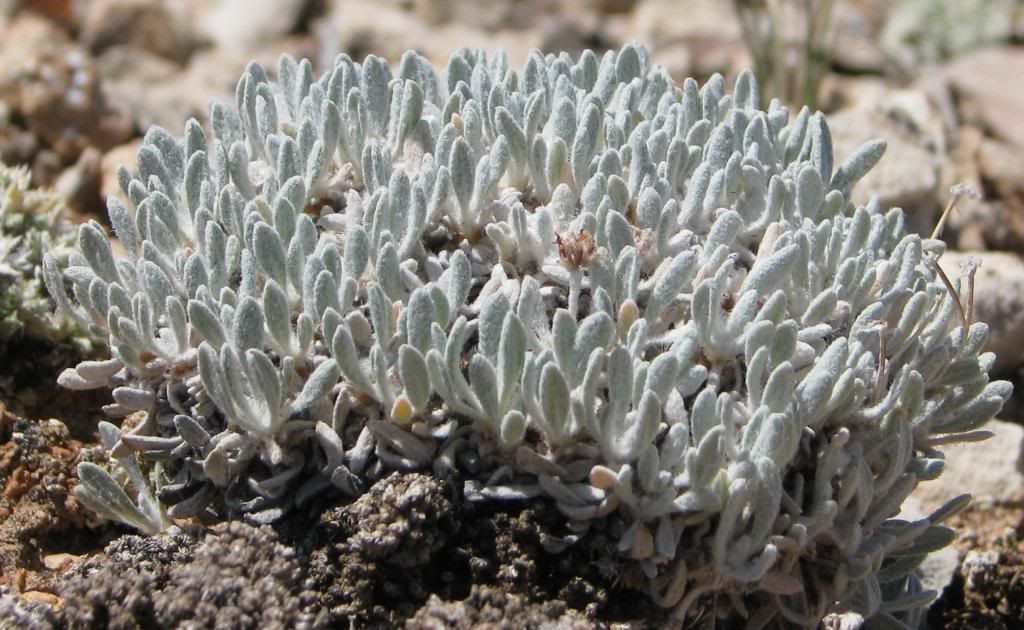
http://i1072.photobucket.com/albums/w362/townsendia/EpauciflorumPryors_z...
A photo of the typical form, here growing on a sandstone ledge: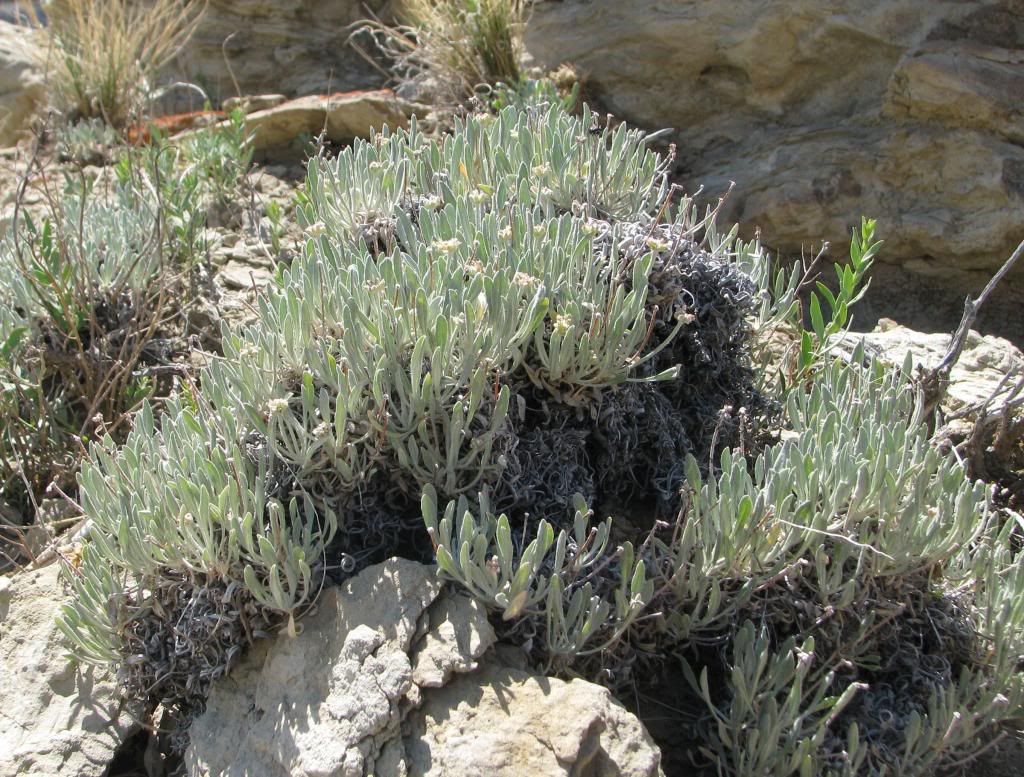
http://i1072.photobucket.com/albums/w362/townsendia/Epauciflorum_zpsb9bc...
There is a slight variation in flower color. Pink and cream: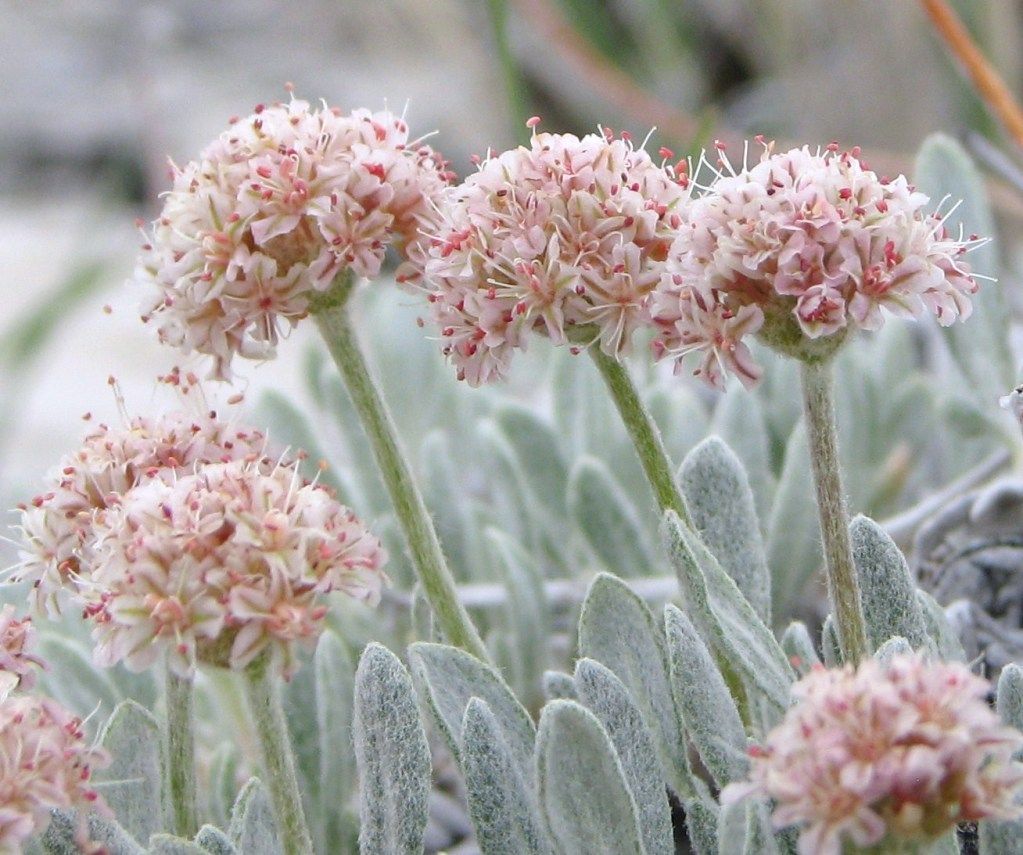
As the flowers age, they turn a nice rusty red: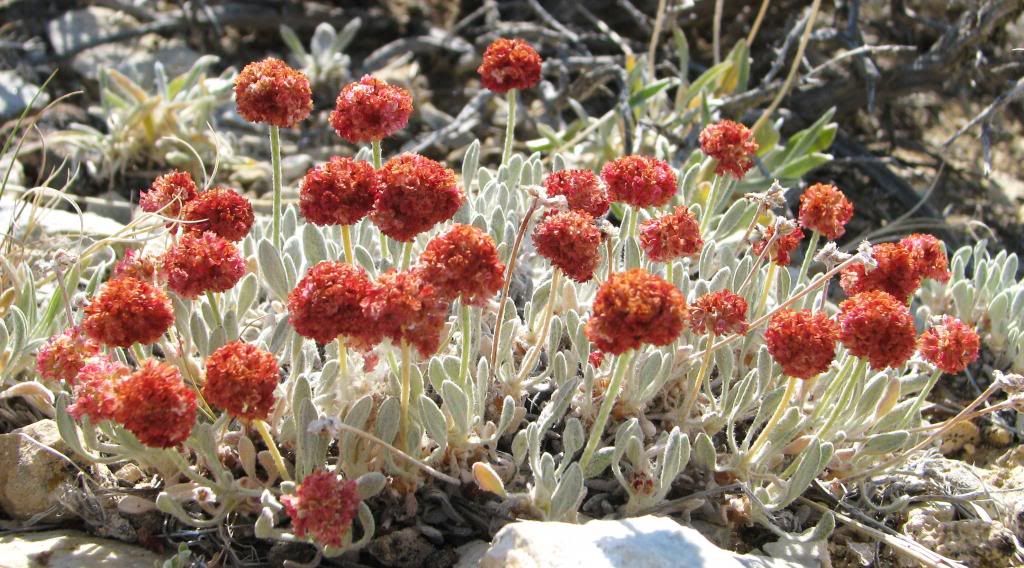
http://i1072.photobucket.com/albums/w362/townsendia/Epauciflorumpryors2_...
Brian


Comments
Tim Ingram (not verified)
Re: Eriogonum pauciflorum: Pryor mountains, Montana
Mon, 01/07/2013 - 3:49pmI meant to reply to these glorious photos of Eriogonum pauciflorum earlier. Is there anything else really like an eriogonum? The range of flower colours is extraordinary and that white foliage, well very special. I haven't yet joined the Eriogonum Society...
Mark McDonough
Re: Eriogonum pauciflorum: Pryor mountains, Montana
Mon, 01/07/2013 - 4:04pmMy sentiments exactly Tim, those color forms of Eriogonum are all beautiful, love when they age to russet colors. Clearly I must also join the Eriogonum Society. Brian, that compact form is quite special, thanks for showing us the variation. Are the three flowering forms shown all representing the Pryor mountain forms? Seems that the Pryor Mts hold many special plants, judging from the Townsendia spathulata forms I've seen in forums and the web.
Brian, is the middle pink one you show us, the same photo posted previously as E. mancum at the topic in the link below? I think it is. You can use the Modify or Edit buttons on your own messages (buttons will be on the right hand side of your message), to regain edit-access to your messages, to update the name if you'd like. Also, it seems one of your images on photobucket went missing.
http://nargs.org/smf/index.php?topic=1078.msg18196#msg18196
Brian_W (not verified)
Re: Eriogonum pauciflorum: Pryor mountains, Montana
Mon, 01/07/2013 - 5:08pmGreetings,
Yes, all three photos of the flowering plants are from the Pryor mountains. The photo from the link that I labeled as E. mancum is actually E. pauciflorum. I posted that photo before the new flora of Montana was published. I will update the old post.
The Pryor mountains are a very unique place with a wide assortment of unusual plants. In the past 10 years there has been a lot of botanical work in the area, but it's still very rare for wild flower enthusiasts to visit it.
Mark McDonough
Re: Eriogonum pauciflorum: Pryor mountains, Montana
Mon, 01/07/2013 - 6:24pmIs the Pryor Mountains area very difficult to access? I found this link which has lots of information on the area, including the plants of the area. Would like to visit some day.
http://www.pryormountains.org/welcome-to-the-pryors/maps/
Richard T. Rodich
Re: Eriogonum pauciflorum: Pryor mountains, Montana
Mon, 01/07/2013 - 9:36pmAwesome, educational, interesting and beautiful, as are all you photos you share here. :o
Thanks so much, Brian!
Mark McDonough
Re: Eriogonum pauciflorum: Pryor mountains, Montana
Mon, 01/07/2013 - 9:56pmAllow me to second that motion, you have posted some of the more outstanding plant and scenery photos I've seen, the Kelseya photos are totally intoxicating, thank you for posting them. Love the orange and yellow lichens too!
John P. Weiser
Re: Eriogonum pauciflorum: Pryor mountains, Montana
Tue, 01/08/2013 - 6:20amBrian the dense form is a very nice silver. I look forward to growing it.
I am led to understand that E. pauciflorum is commonly found growing on clayed slopes and knolls, is that consistant with your experiences in the Pryor Mountains?
http://mtnhp.org/ecology/Guide_Report.asp?elcode=CEGL005270
http://plants.usda.gov/java/profile?symbol=ERPAP6
http://www.em.ca/garden/native/nat_Eriogonum_pauciflorum.html
http://nargs.org/nargswiki/tiki-browse_image.php?imageId=4374
cohan (not verified)
Re: Eriogonum pauciflorum: Pryor mountains, Montana
Tue, 01/08/2013 - 10:41amLooks like a very nice plant to run across in any form, very nice flower colours too!
Brian_W (not verified)
Re: Eriogonum pauciflorum: Pryor mountains, Montana
Tue, 01/08/2013 - 3:45pmThanks for the comments!
Mark,
Access to the Pryors isn't difficult. However, the area is remote and completely undeveloped. Also, some of the roads that lead up the canyons can be very rough (that's an understatement). There is a growing interest in the Pryors, and along with it, a growing concern to protect the fragile habitats. The Pryors are most famous for their wild horses, and the bulk of the people who visit go for that reason. Despite the unique diversity of plants species, I still think it is rare for people to visit with that in mind. On that note, I've been in communication with Panayoti and he has expressed an interest in doing a wildflower tour of the Pryors. We will see what happens ;)
John,
In eastern Montana, E. pauciflorum is associated with heavy clay soils. In the Pryors (south-central Montana), they grow in the shallow rocky soils of limestone outcrops. The typical form is usually associated with soils derived from weathered sandstone. Any clay soils in this area are usually dominated by Eriogonum brevicaule var. canum. These plants have a growth form similar to E. pauciflorum and were once classified as a variety of that species.
Here are some view of the Pryors:
The red desert of the south Pryors. This area receives less than 5 inches of precipitation per year yet hosts a remarkable array of plant species.

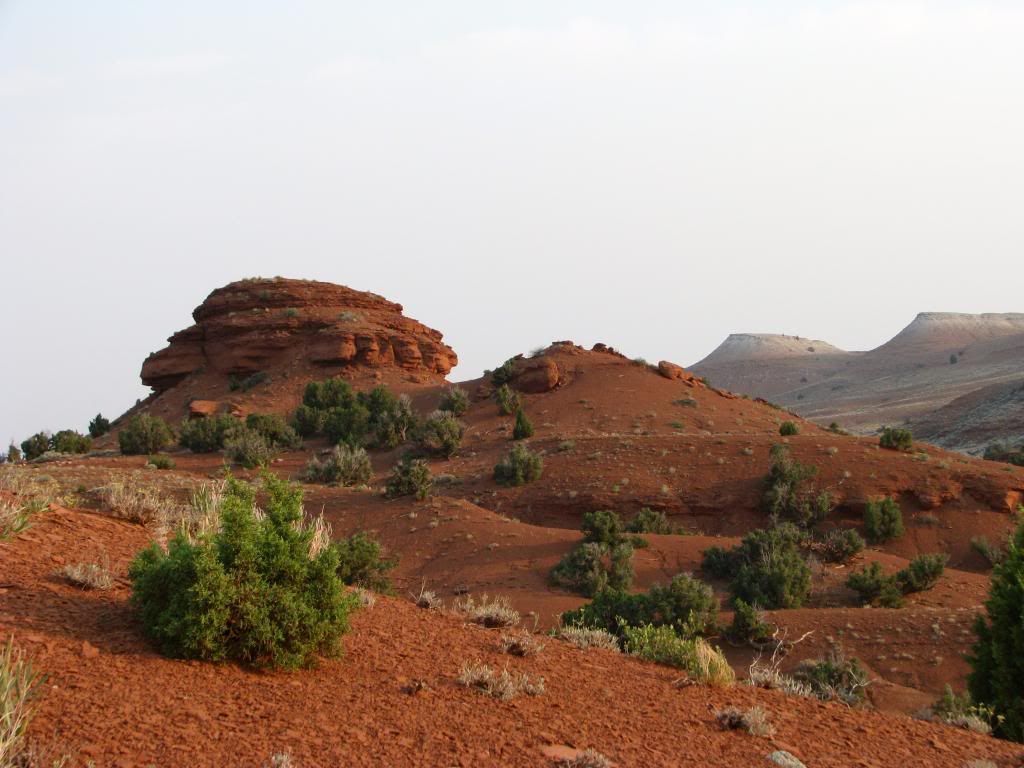
http://i1072.photobucket.com/albums/w362/townsendia/southpryors_zps4678f...
http://i1072.photobucket.com/albums/w362/townsendia/southpryors2_zps183f...
The limestone outcrops of the west Pryors. Eriogonum pauciflorum grows here along with an abundance of cushion plants.

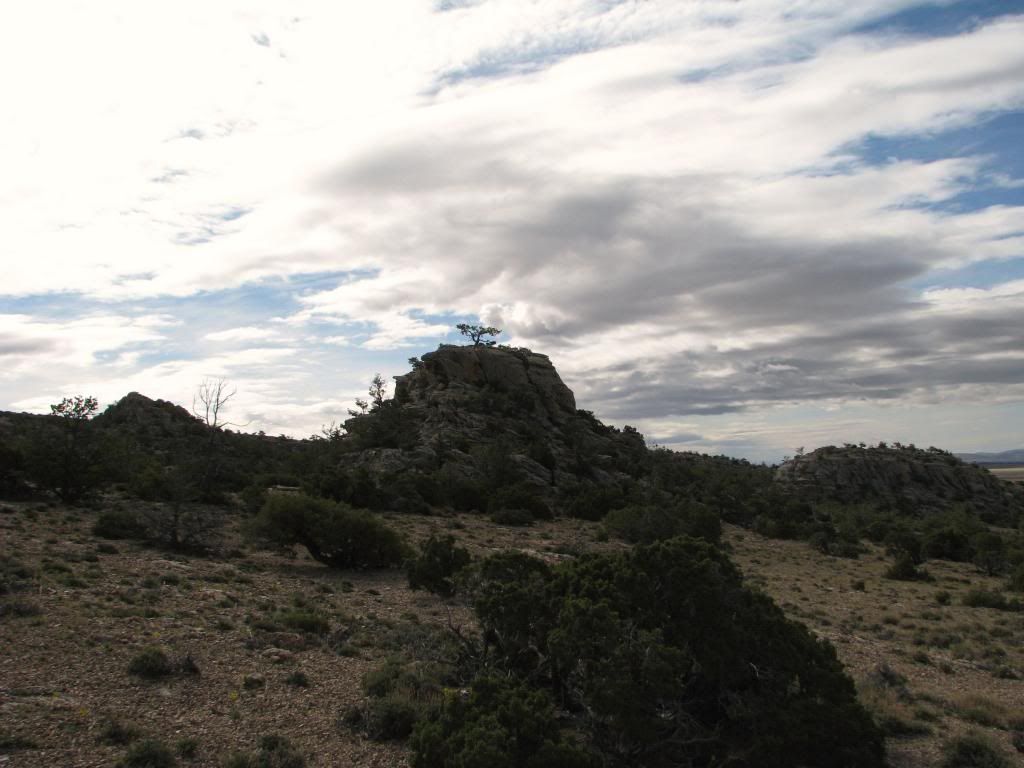
http://i1072.photobucket.com/albums/w362/townsendia/westpryors2_zps03685...
http://i1072.photobucket.com/albums/w362/townsendia/westpryors_zps293191...
The high plateau of the east Pryors, overlooking BigHorn Canyon.
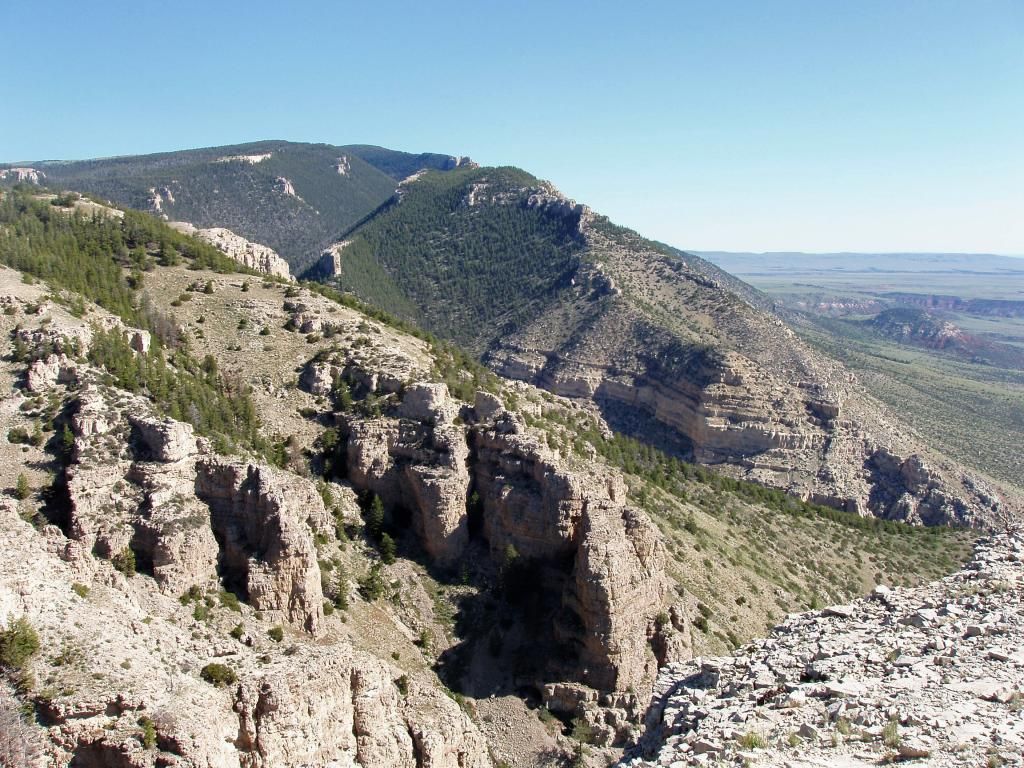

http://i1072.photobucket.com/albums/w362/townsendia/EastPryors_zps843df2...
http://i1072.photobucket.com/albums/w362/townsendia/EastPryors2_zpsfa489...
Some youngsters :)

http://i1072.photobucket.com/albums/w362/townsendia/wildhorses_zps5e5c54...
Lori S. (not verified)
Re: Eriogonum pauciflorum: Pryor mountains, Montana
Tue, 01/08/2013 - 6:14pmLooks like a great place. Is there any public land?
Oops, guess I should have looked more closely at the map... Looks like there is BLM land and a recreational area.
cohan (not verified)
Re: Eriogonum pauciflorum: Pryor mountains, Montana
Tue, 01/08/2013 - 11:16pmInteresting to put some images to the place- I've really only known it from seedlists before..
deesen (not verified)
Re: Eriogonum pauciflorum: Pryor mountains, Montana
Wed, 01/09/2013 - 1:48amMagnificent part of the world, thanks for posting.
John P. Weiser
Re: Eriogonum pauciflorum: Pryor mountains, Montana
Wed, 01/09/2013 - 6:58amI will be trying it in a some what more acidic substrait, of decomposed granite/volcanic clay, and as insurance, also in a tufa bed. I don't feel it will adversely impacted in its performance. I have found Eriogonums in general to be quite forgiving and adaptable when it concerns the mineral make up of the planting medium.
You also mention Eriogonum brevicaule var. canum a locally endemic expression of this widespread and diverse species. It looks like a garden worthy variety in it's own right.
http://www.efloras.org/florataxon.aspx?flora_id=1&taxon_id=250060201
Brian_W (not verified)
Re: Eriogonum pauciflorum: Pryor mountains, Montana
Wed, 01/09/2013 - 1:52pmGreetings,
Eriogonum brevicaule var. canum is an attractive plant that is particularly abundant in the Pryors. It has the ability to thrive under very poor conditions and can be found on clay, limestone, sandstone, and shale based substrates. It has the added bonus of blooming late in the season (July-November). Older plants often develop twisted trunks and branches, making them very picturesque. I plan to collect seed from this variety next season.
Here are a few photos of E. brevicaule var. canum I took last summer:
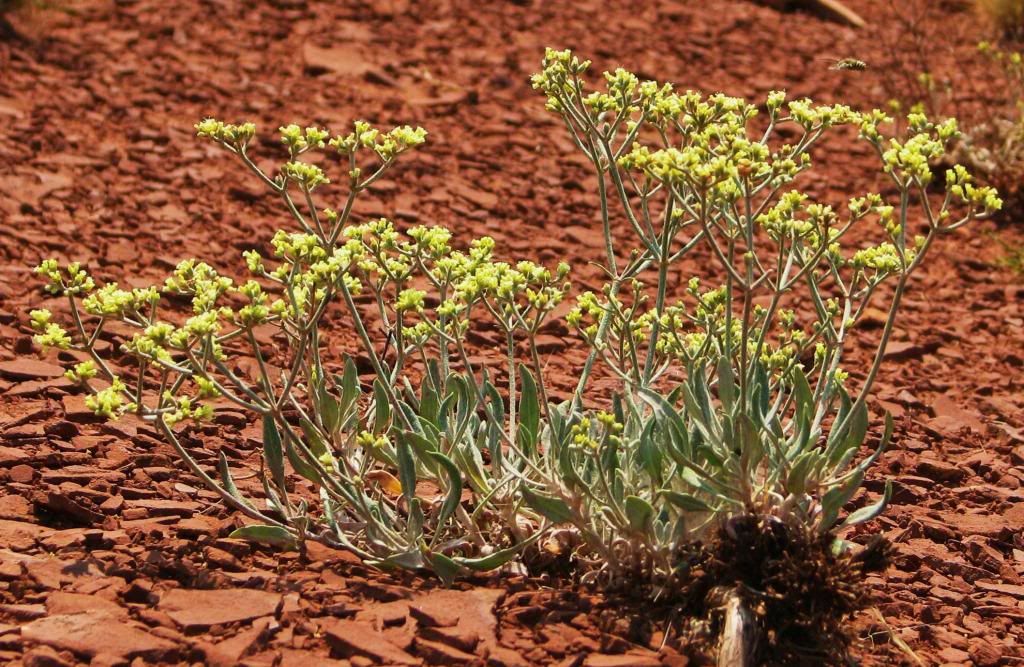
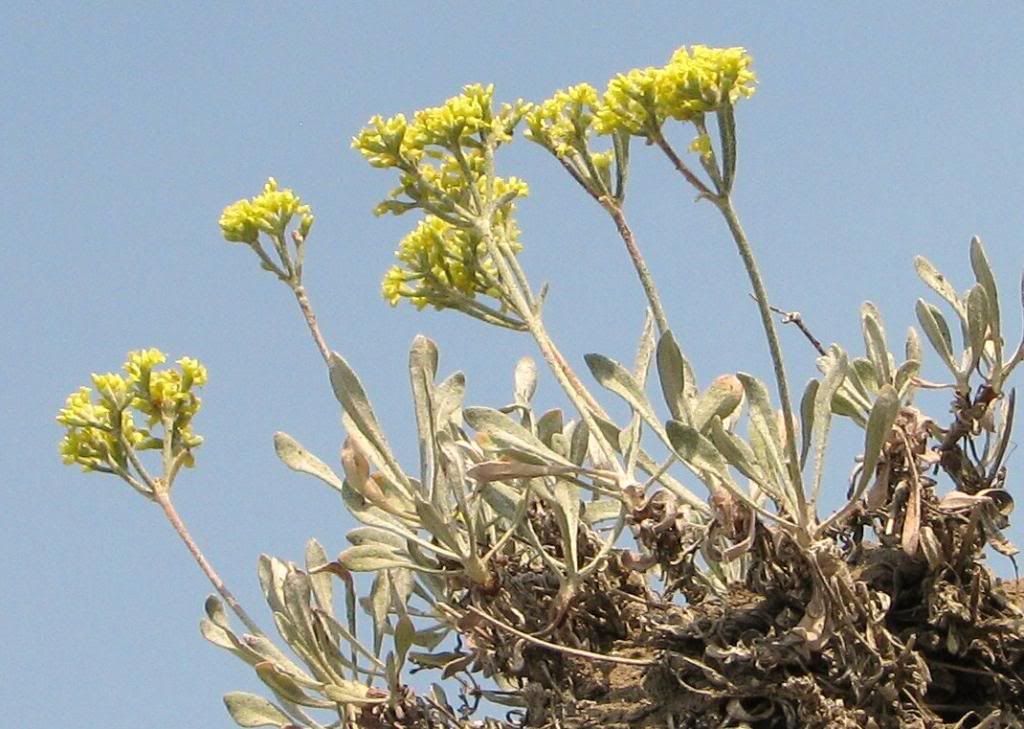

http://i1072.photobucket.com/albums/w362/townsendia/eriogonumbrevicaulep...
http://i1072.photobucket.com/albums/w362/townsendia/eriogonumbrevicaulep...
http://i1072.photobucket.com/albums/w362/townsendia/Ebrevicaulepryors3_z...
John P. Weiser
Re: Eriogonum pauciflorum: Pryor mountains, Montana
Wed, 01/09/2013 - 5:17pmGreat photos as always!!
Like the foliage but I'm a sucker for good gray tufts and mounds. The airy soft yellow flowers are also nice. Is it deciduous when winter sets in? It has a look about it, that is very similar to E. ochrocephalum from out here which is deciduous except for the new branch tips.
Late summer and fall bloomers are always welcome in my garden. I have a dramatic slowing down of the show by the end of July and am always looking for plants that can extent the blooming season.
Brian_W (not verified)
Re: Eriogonum pauciflorum: Pryor mountains, Montana
Wed, 01/09/2013 - 5:39pmIt sheds its leaves in the winter except for the tips of the branches. Old specimens look quite spectacular with their gnarled exposed trunks.
Thanks for the comments.
Brian
Brian_W (not verified)
Re: Eriogonum pauciflorum: Pryor mountains, Montana
Thu, 01/10/2013 - 6:27amI found another photo of E. brevicaule var. canum showing its growth form. It's easy to see how it was once allied with E. pauciflorum. This photo was taken mid-July and the plants were just starting to bloom.
http://i1072.photobucket.com/albums/w362/townsendia/eriogonumbrevicaulev...